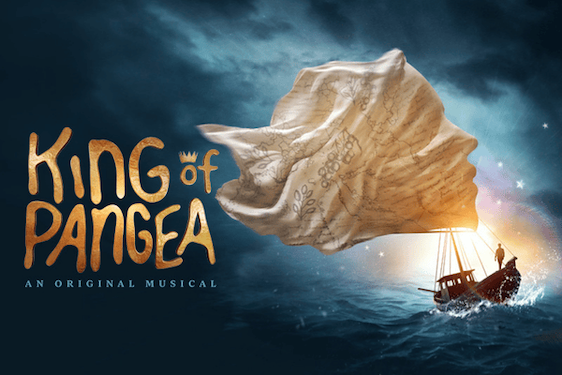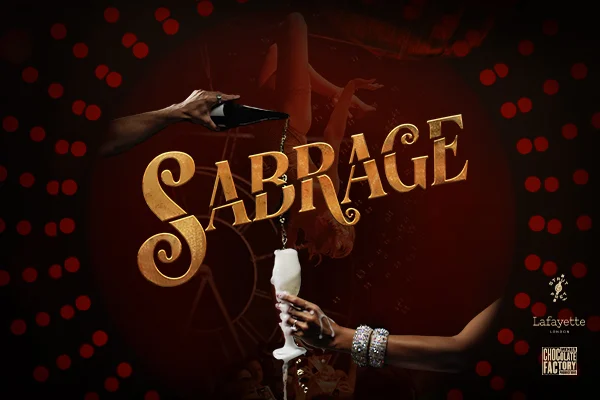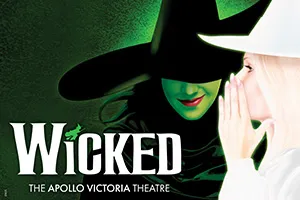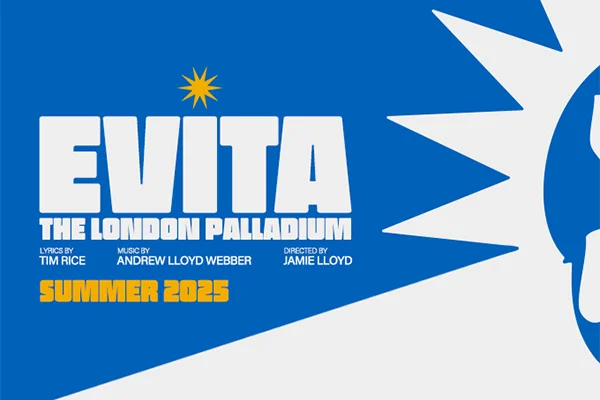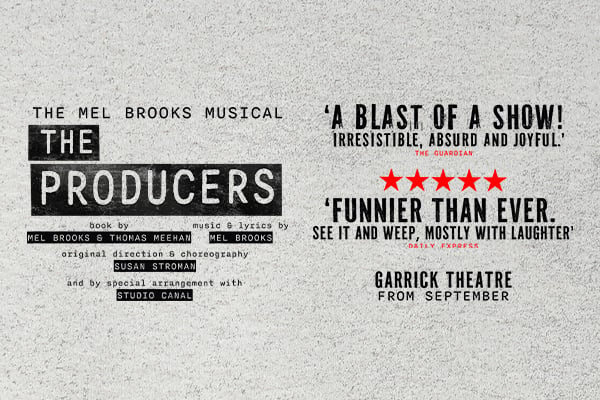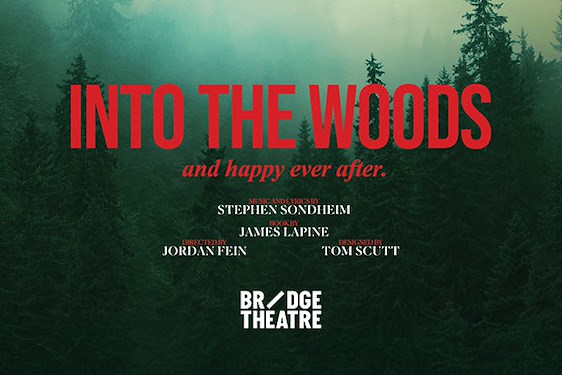If you’re a budding ecologist who also has a love of physical theatre,
the piece can be best described as part lecture, part theatre
As the play continues, we meet a wide range of different insects that are brought to life by the ensemble cast. The two actors that specialised in physical theatre were often a joy to watch as they became different creatures. A particular highlight was their depiction of the evolution of a butterfly.
These impressive movements were accompanied by a live soundtrack that created an eerie setting, dragging us into the underworld to be with our insect counterparts. Camilla Saunders was skilled at using minimal noises and some sparse accordion to bring the world to life.
The costumes and props, all eco-friendly, were beautifully crafted by Andrea Carr from recycled materials and rubbish. They made for some visually stunning scenes throughout the play. Sadly, at times the costumes and props outshone the performances and I often found myself trying to figure out how things were made rather than listening to the words.
As Terabac goes on we are told, in depth, about the way that dung beetles behave and how Brazil nuts get their pollen. Whilst interesting, it didn’t seem fitting for the insect cabaret setting that we’re supposed to be in. At times I was unsure who the piece was for. It flitted between being educational, something more akin to a kids show, to then having sexual references that would be more suited to a late night cabaret.
The piece can be best described as part lecture, part theatre and it raised some valid and interesting points about the impact of climate change on the insects of the world. It’s clear the company have a great interest and knowledge in ecology, and this shines through the piece. I certainly left knowing a lot more about dung beetles than when I went in, which can be no bad thing.









